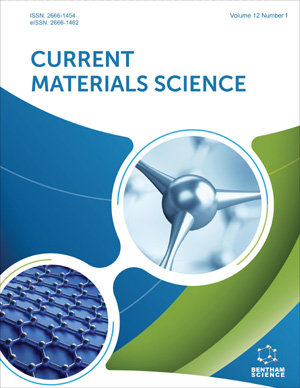Abstract
Biocompatibility, biodistribution, and bioavailability are essential aspects of those nanomaterials that are used in the field of biological, biomedical, and biotechnological sciences. These are applicable like agents for the drug delivery system, biomolecules, biomedical applicants, biosensors, theranostics, etc. These aspects are intricately interdependent and play prime roles in successful applications of nanomaterials. The physicochemical features of cell, biosystem, and nanomaterials play a significant part in these processes. The nanomaterials can be modified or functionalized by various techniques or by conjugating with a variety of molecules that have specific functional groups or phase transfer of the nanomaterials. The highest degree of biocompatibility of the nanomaterials is attained by minimizing the cytotoxic, genotoxic, and other derogative impacts of nanomaterials with respect to the physiology of a biosystem. Bionanomaterials should be hemocompatible, histocompatible, and cytocompatible for their successful performance. Nanomaterials are functionalized or modified suitably to achieve the selected performances. This aspect needs to alter the physicochemical properties, the surface topography of the nanomaterials that permit the smooth functioning of fabricated nanomaterials. In this chapter, the biocompatibility of nanomaterials, strategies involved, probable pathways along with some examples have been reviewed. This will provide an overview of these significant aspects related to the interaction between nanomaterials and the biosystem.
Keywords: Bioavailability, Biocompatibility, Biodistribution, Biodispersibility, Functionalization of nanomaterials Hydrophilicity, Hydrophobicity, Wettability.




















